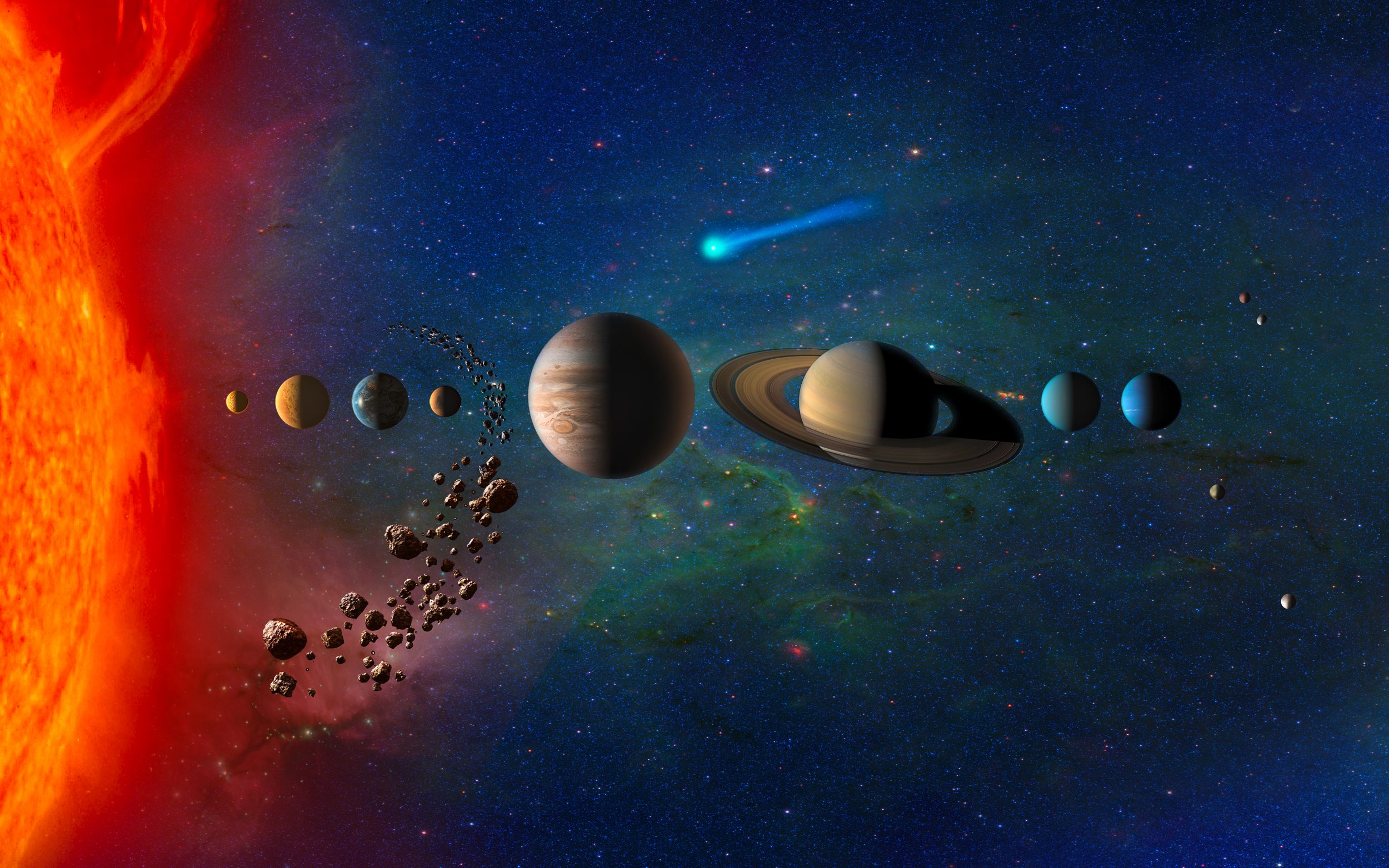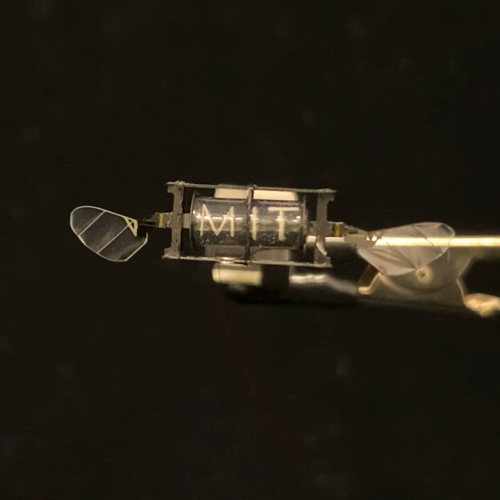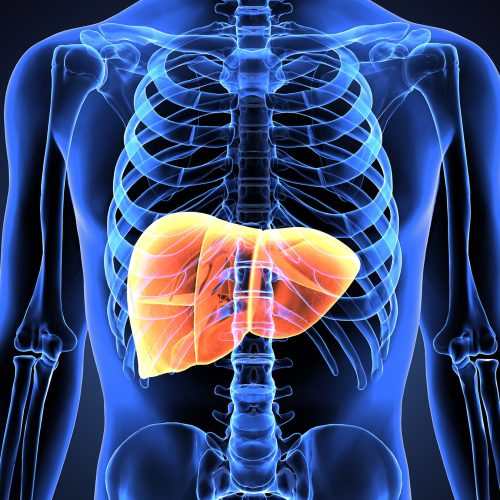Earth will be graced with a springtime planetary parade of five planets throughout April 2022. Astronomers will have multiple chances to spot Venus, Mercury, Mars, Jupiter, Saturn, and Uranus in the sky. It’s an inspiring time for budding astronomers to get a great look at some of our solar system’s inhabitants.
This isn’t the first time we’ve seen planets like Venus visible from the Earth. It is, however, a welcome event that budding astronomers will want to take advantage of. You’ll even be able to witness many of the events with just the naked eye, or at the most, a set of binoculars.
How to view the start of April’s planetary parade

Those looking to make the most of the upcoming parade of planets will be able to catch sight of Venus as it rises above the south-eastern horizon in early April. The planet will be visible at a -4.2 magnitude. You’ll be able to spot it in the sky 80 minutes before the sun rises in the Northern Hemisphere.
Around that same time, you’ll be able to catch sight of Mars and Saturn, too. Sky at Night Magazine says to look to the southwest of Venus in the twilight to see both Mars and Saturn, shining at +1.1 and +0.9 magnitude respectively. As the morning grows, though, expect the planetary parade to shift as Venus moves eastward.
As we continue into the month, you’ll be able to catch a 6-percent illuminated waxing crescent Moon close to Uranus. Look to the sky on April 3 and you should spot the planet roughly 1.1-degrees from the Moon’s center. A few days later, on April 5, Mars and Saturn will appear roughly 19 arcseconds apart from each other. Venus will also appear around seven degrees to the northeast.
Sky at Night Magazine recommends holding your hand at arm’s length and then using your three middle fingers to measure five degrees. It’s not the most accurate measuring, but it should help you get a better bead on the planetary parade that graves our sky throughout April.
How to see other planets throughout April

The planetary parade doesn’t end there, though. Around the middle of the month, budding astronomers can get a glimpse of Jupiter. Astronomers estimate Venus will appear 70 minutes before sunrise, with a -1.9 magnitude Jupiter entering the sky roughly 30 minutes later. These two planets will continue to appear together throughout the rest of the month.
The real parade of planets will hit on April 24, though. That day, you’ll be able to see four planets and the Moon in the sky at the same time. A rare sight, indeed. The planets that will appear include Jupiter, Venus, Mars, and Saturn. The planetary parade will round off that day with the Moon appearing off to the side of Saturn.
While the parade of planets is one that you don’t want to miss out on, you will need to be careful. This is especially true when observing planets in the sky at sunrise and sunset. If you’re using binoculars or telescopes of any kind, be sure not to point them towards the Sun, unless they are specially made to view the Sun. Doing so without the proper equipment could lead to serious eye damage.
With any luck, we’ll see plenty of great photographs of this planetary parade surfacing over the coming weeks. In fact, we’re still in awe of these amazing photos of the Sun, and this spectacularly detailed image of the Moon captured in the past.










